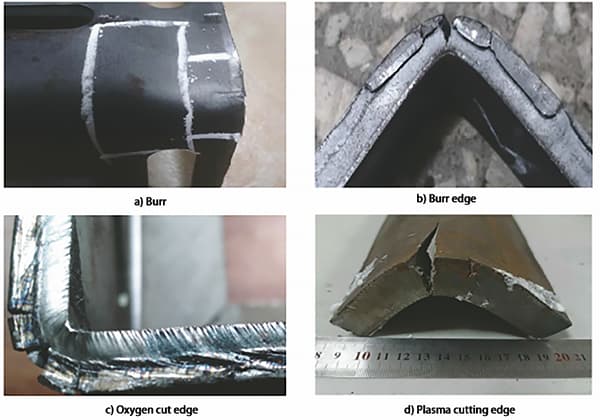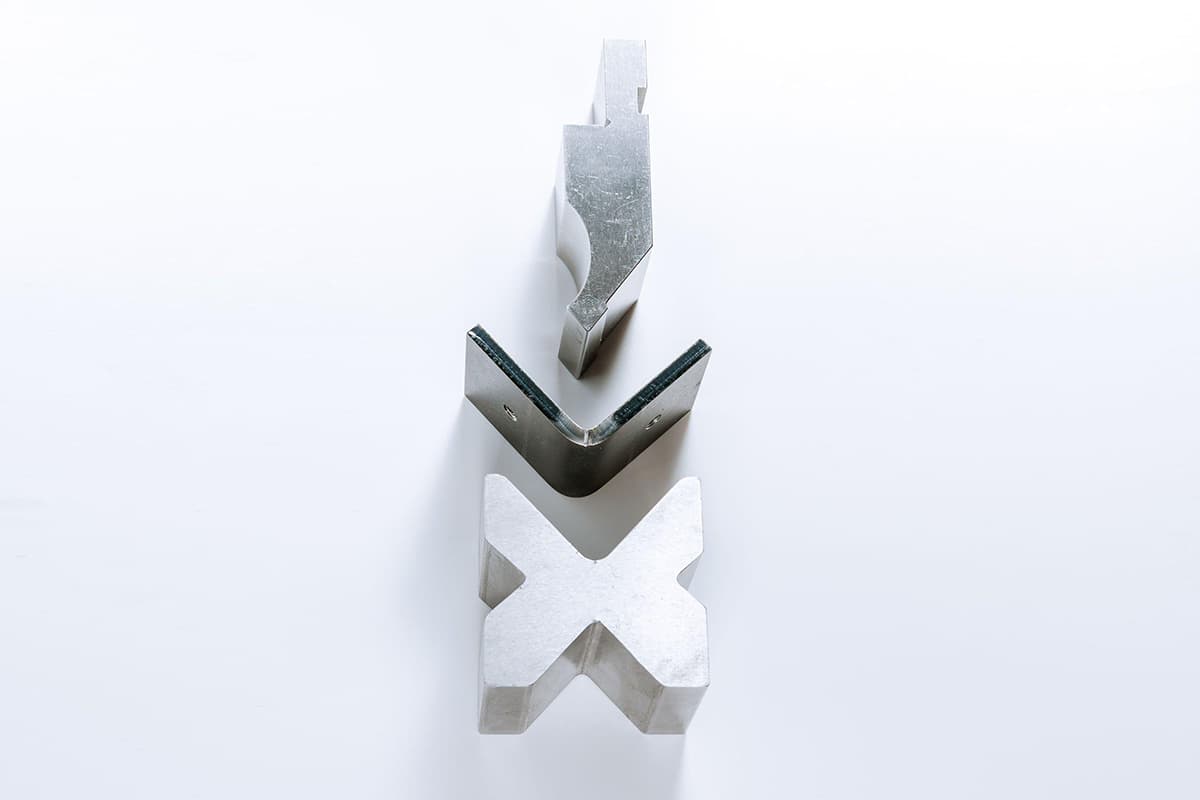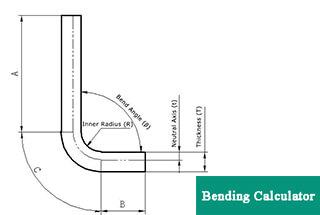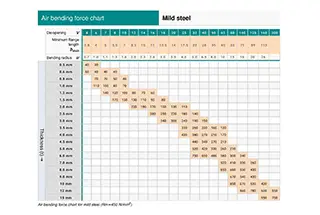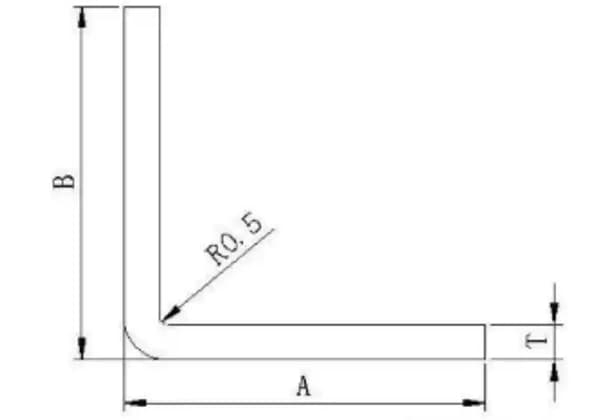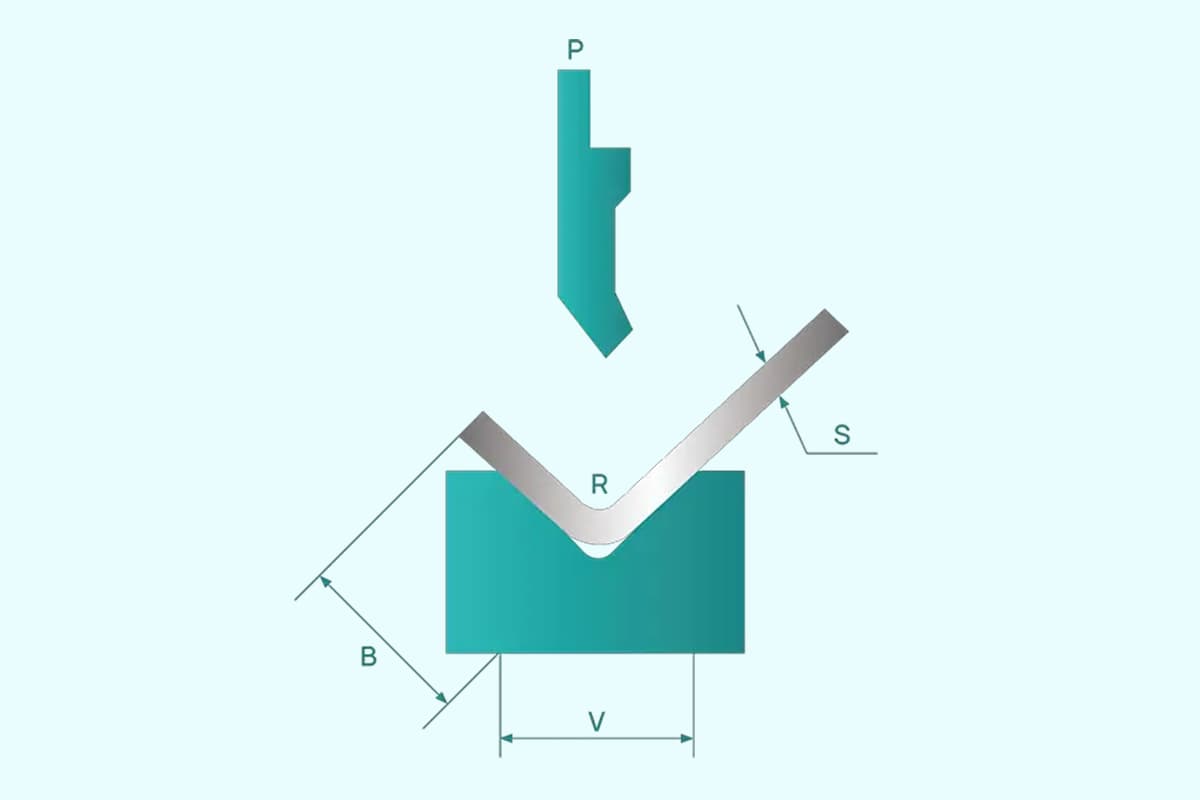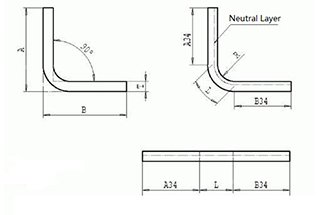
Properly repairing the hydraulic cylinder of a press brake is crucial for maintaining machine performance and safety. The hydraulic cylinder typically consists of a piston, sleeve, piston rod, and screw. Oil leaks, the most common issue, are generally caused by the degradation or deformation of seals on the piston’s outer wall and the sleeve’s inner […]
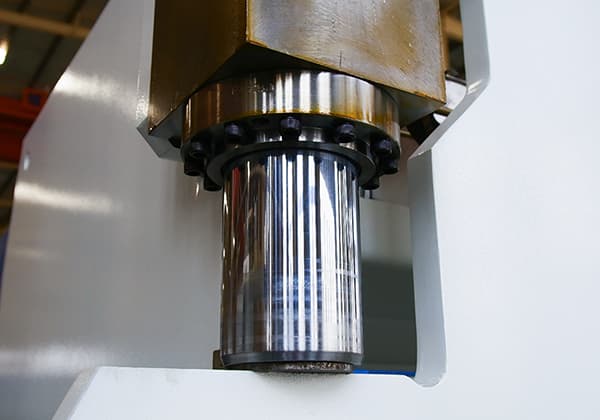
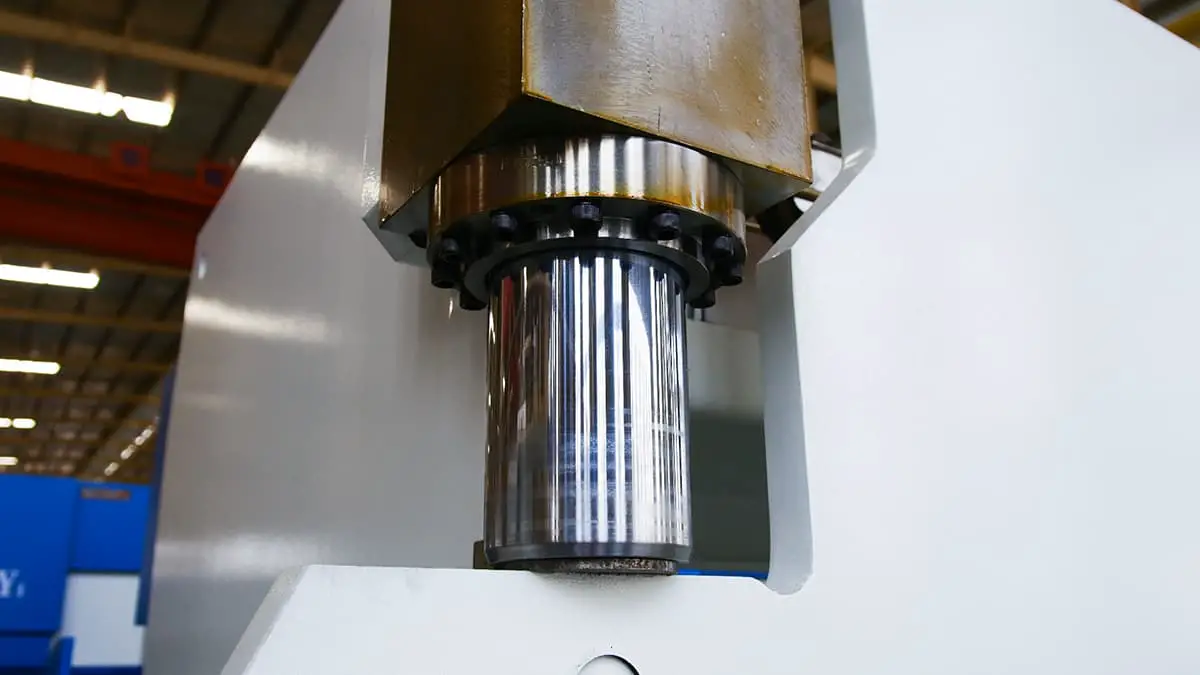
Properly repairing the hydraulic cylinder of a press brake is crucial for maintaining machine performance and safety. The hydraulic cylinder typically consists of a piston, sleeve, piston rod, and screw. Oil leaks, the most common issue, are generally caused by the degradation or deformation of seals on the piston’s outer wall and the sleeve’s inner wall.
The most effective repair method is seal replacement. High-quality seals, often sourced from reputable manufacturers in Taiwan and Japan, offer extended service life. When addressing oil leaks, it’s imperative to select durable, high-performance seals to ensure long-term leak-free operation.
The seal replacement process varies depending on the press brake model, but a typical procedure involves the following steps:
Throughout the repair process, adhere to manufacturer guidelines, use OEM or equivalent parts, and prioritize safety. Proper hydraulic fluid handling and cleanliness are essential to prevent contamination and ensure optimal cylinder performance post-repair.
For complex repairs or when dealing with high-precision press brakes, consider consulting with the manufacturer or a specialized service technician to ensure optimal results and maintain equipment warranty.


